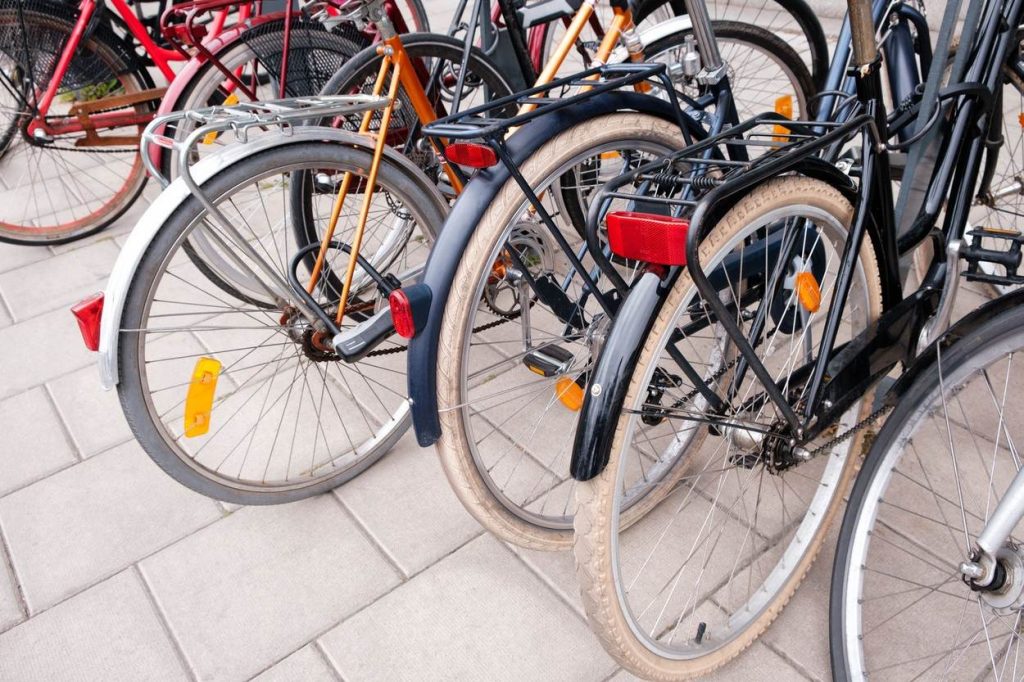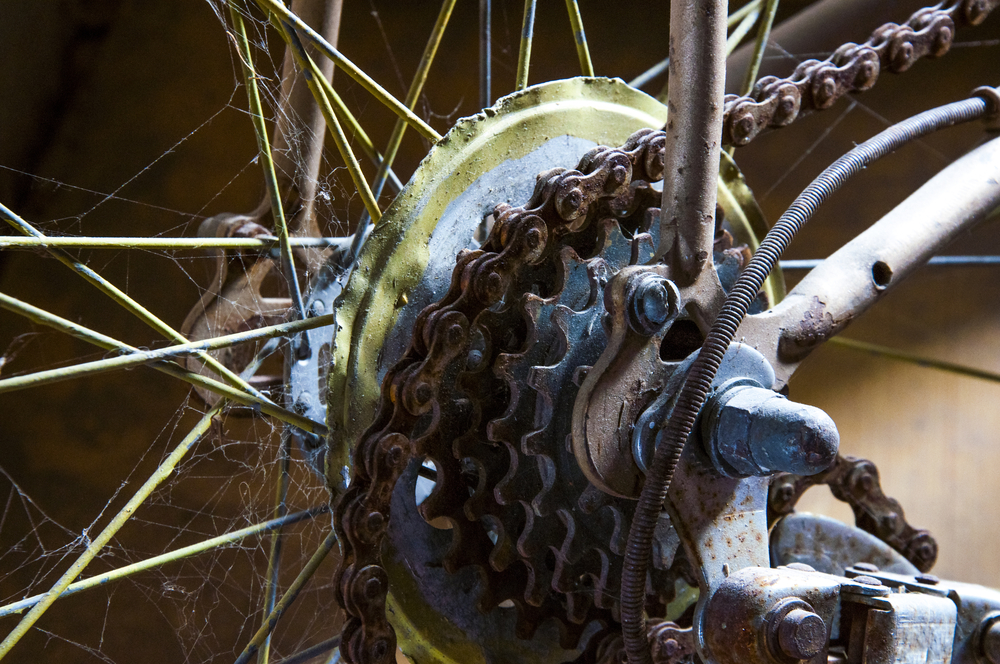How to buy second-hand
As with many things in life, you mostly get what you pay for when it comes to bikes – especially new ones. If you’re looking to get your hands on something shiny and pristine, you should plan to spend at least €250 for a decent model.

When it comes to used bikes, on the other hand, you have a bit more wiggle room if you know what you’re looking for and what to avoid. If you’re trying to find your way to budget cycling, here’s what to keep in mind when prowling the second-hand market:
1. Know what kind of bike you need before you start shopping. Determine what type of riding will you be doing, including terrain, and what you’ll need to carry. Figure out your size by consulting online size charts. Knowing your needs will help you avoid impulse buys only to realise that the budget bike doesn’t suit you later on.
2. If searching online, look at the photos very carefully. Consider whether the bike looks like it has been stored outside and if there is any significant damage to the frame.
3. Check the brand. If you’re not familiar with it, do a quick search to see what you’re working with. If the bike came from a supermarket or only cost €100 new, you’d be wise to keep looking.
Watch out for red flags

A thoroughly used bike can certainly still have many good years left in it but price and expectations should coincide with the state it is in. When inspecting a bike in person, check to make sure:
1. The brakes work (hold them on and see that there is still a gap between the brake levers and the handlebars).
2. The wheels spin freely and don’t rub against the brake blocks.
3. The gears change smoothly.
4. There’s no noise from the bottom bracket or elsewhere when you pedal.
Just remember – although most problems can be fixed, they may require new parts and could end up costing even more than the bike is worth.
Learn to take care of your bike

Once you’ve got a bike, the best way to save money in the long run is to take care of it! Check out our pick of top tutorials featuring maintenance advice for beginnings and purchase some basic products to help keep your bike clean.
All-purpose degreasers (that you might already have in the cupboard) can usually do the trick when it comes to cleaning. If you’d prefer a bike-specific formula, allow us to recommend Fenwick’s Concentrated Bike Cleaner. For just a few euros, you’ll end up with gallons of cleaning solution to get you through many a regular maintenance clean-up.
Don’t underestimate budget gear
If you’re looking to do longer journeys or regular fitness rides, you’re going to need appropriate cycling gear. Indeed, the price of designer cycling kits can be shocking for beginners but it is wise to remember that you don’t have to invest in top-of-the-line gear initially. Several supermarket chains like Aldi and Lidl offer reasonable cycling ranges where you can find kits and accessories at good-value prices. These aren’t going to be cycling clothes you’ll have for decades but they can certainly do the trick when you’re just getting your feet wet. There are plenty of places to buy gently-used gear online too! Check out The Pro’s Closet or Sideline Swap to get started.
Don’t skimp on a good lock and puncture-resistant tyres

If you’re looking to incorporate cycling into your daily life, there are a few areas where it makes sense to spend more. A good lock is always worth the protection and peace of mind it provides.
You should opt for a quality U-lock at a minimum and consider combining it with a cable lock— so that one single tool can’t release the bike.
Puncture-resistant tyres are also a wise purchase for all would-be cyclists. Not only will they save you stress and headaches down the road but they’ll also tend to save you money. Our top pick for reasonably priced and reliable anti-puncture tyres? Check out the extremely versatile Schwalbe Marathon Original. They come in the standard range of sizes and have a friendly price tag at under €20 apiece.
Participate in the community
Another great way to save money while you continue your budget cycling journey is to get involved in your local cycling community. Shops, clubs, and co-ops often host free events and workshops, and by following their activities, you’ll also be notified of any discounts or deals available. Not to mention, there are plenty of experienced cyclists out there who are eager to share their knowledge (and maybe even their lightly-used gear) with beginners!




